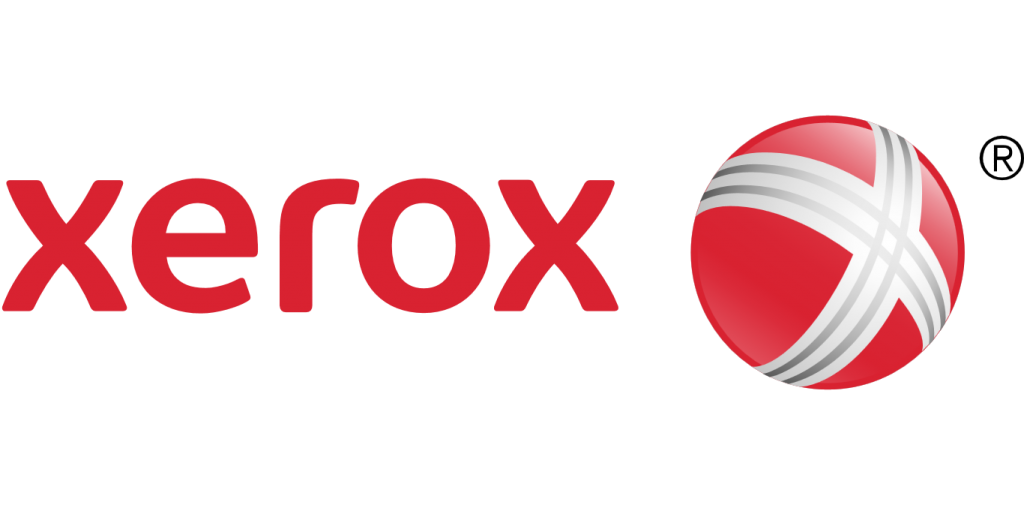Xerox (XRX) a $9 billion tech company recently reported its first quarter 2016 financial results. The company is facing clear challenges to transform itself and grow its revenue. In the last 5 years Xerox has failed to impress investors. The company reported it remains on track to complete its planned separation into two independent, publicly-traded companies by the end of the year and said it has made important progress on its three-year, $2.4 billion strategic transformation program. Part of the transformation will come from 3D printing according to Janos Veres leads PARC’s Novel and Printed Electronics Program at XEROX.
In the following interview, Janos highlights the power of 3D printing, by exploring the future of electronics. Janos’ primary interest is in radically new manufacturing concepts: merging micro and macro to create electronics in new form factors, thus “freeing electronics from the box.” This includes large area, flexible, conformal image sensors and detector arrays for medical imaging or security applications; flexible, hybrid electronics using printing as a manufacturing technique for customized Internet of Things (IoT) devices; smart inks taking 2D and 3D printing beyond shapes and colors, adding electronics functionalities to automotive or wearable devices; and electronics that can configure themselves from microchip inks, dynamically change shape, or disintegrate on command.
Janos builds partnerships with material makers, printing, electronics and consumer product firms to create the next generation of electronics, while concurrently finding immediate commercialization opportunities.
We will keep reporting on Xerox foray into 3D printing. The company might move slowly in the next months while the separation is underway but we should certainly see things accelerate in 2017.




